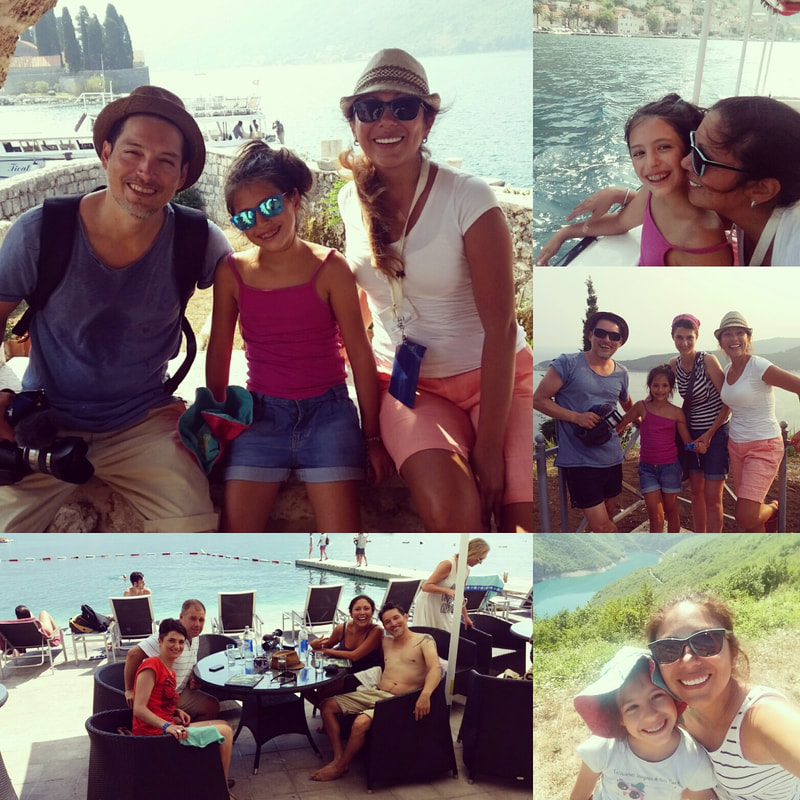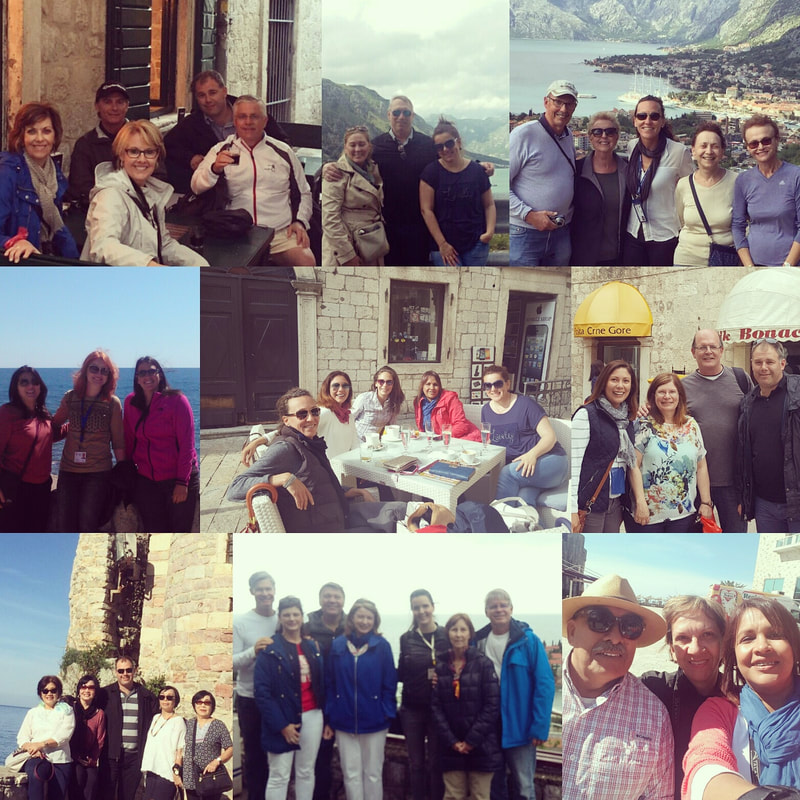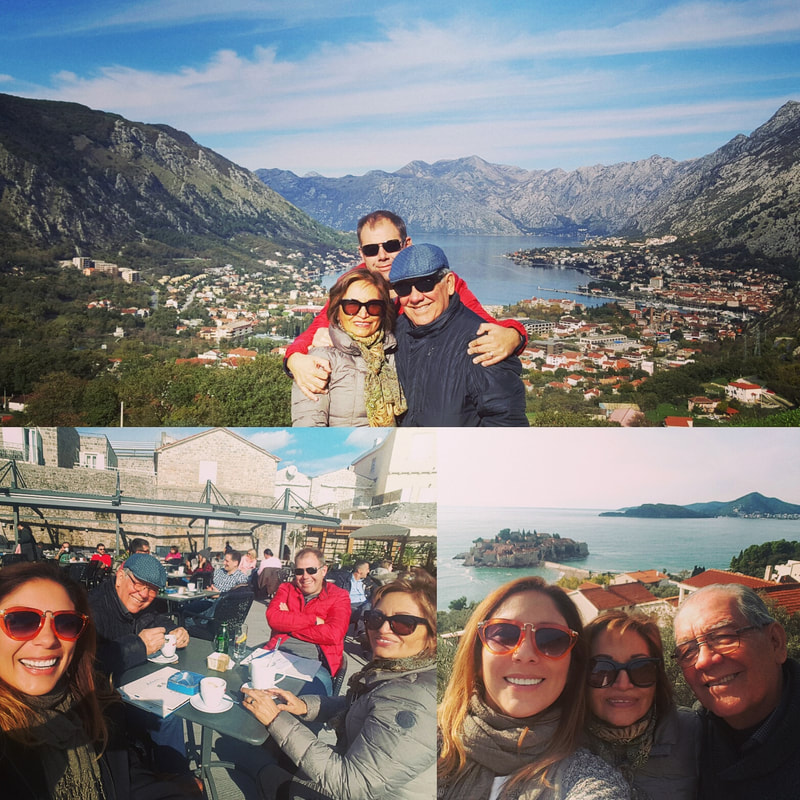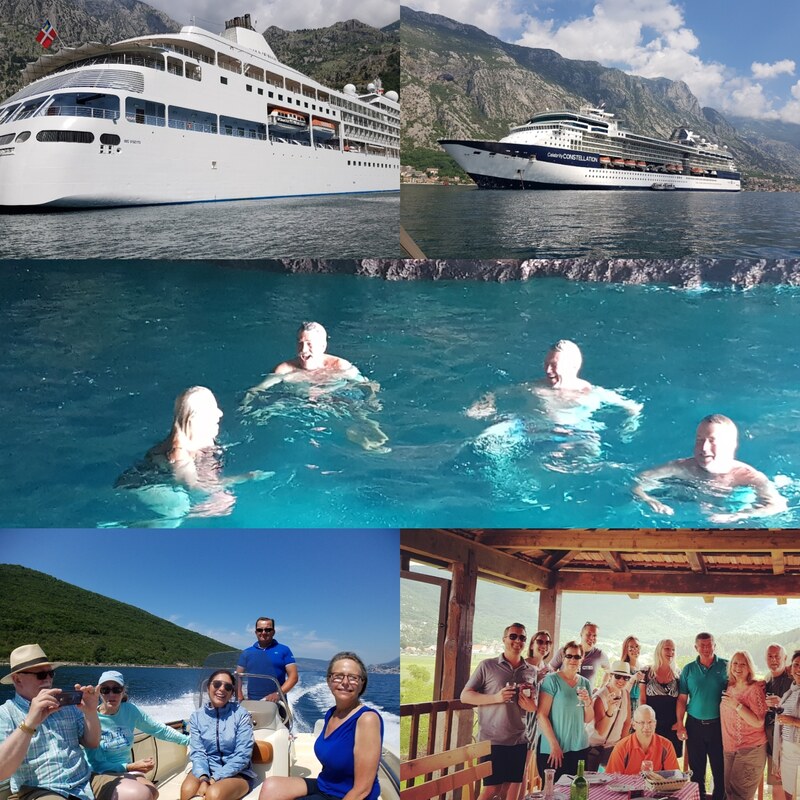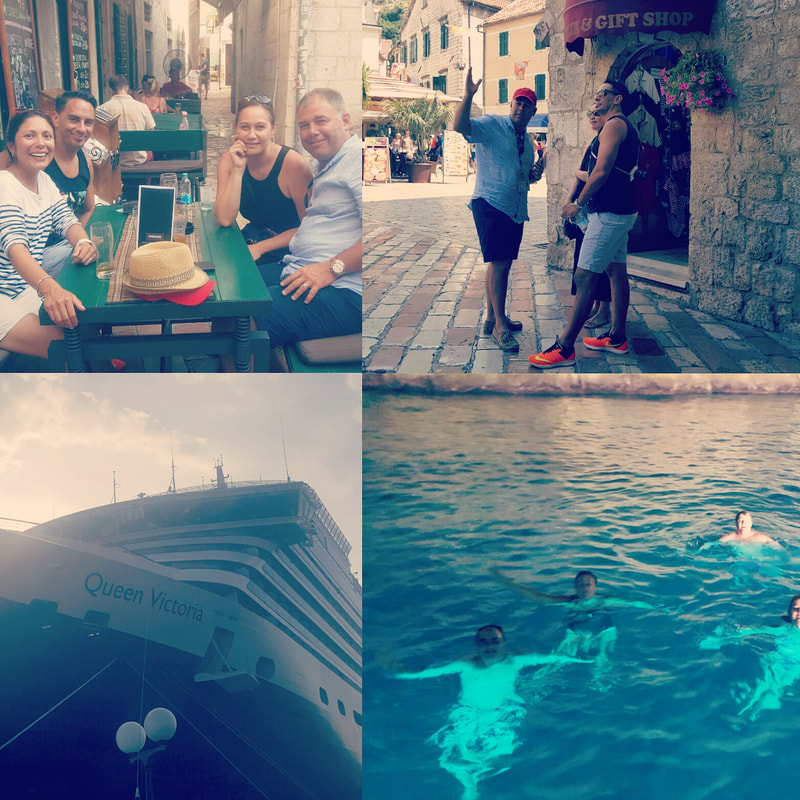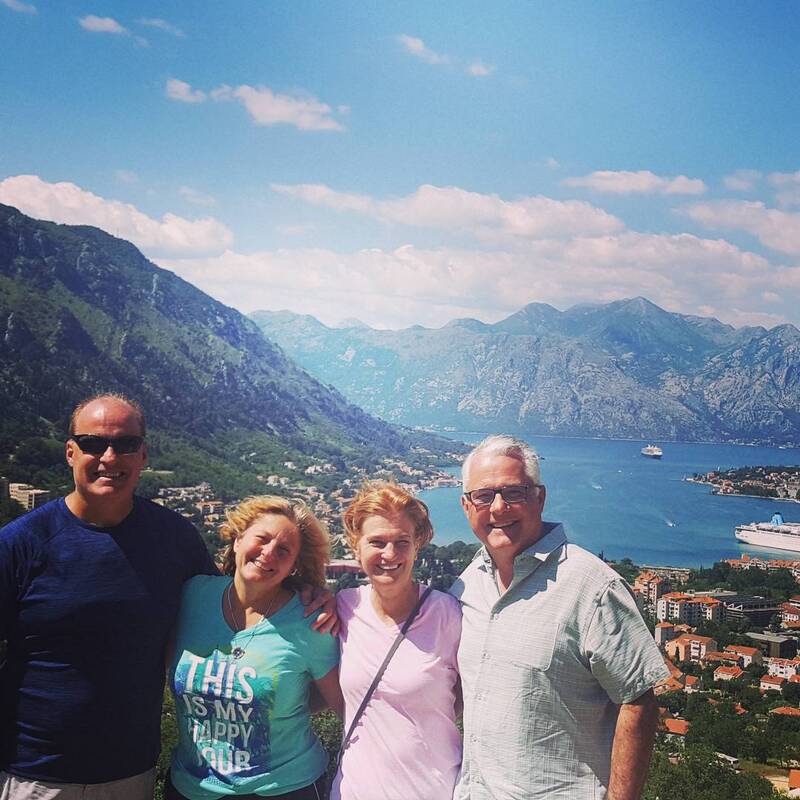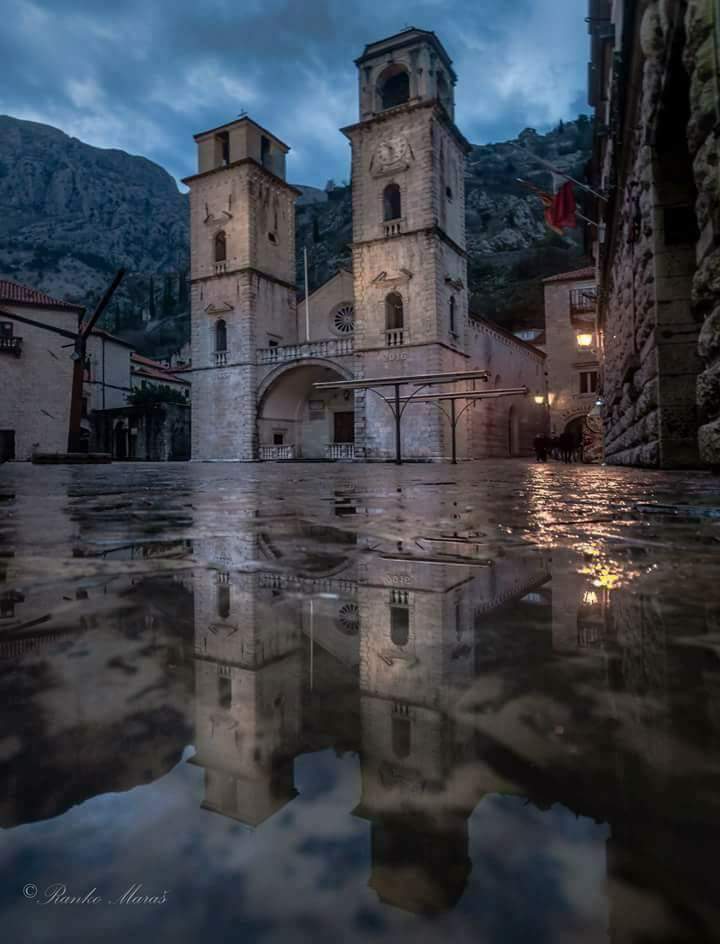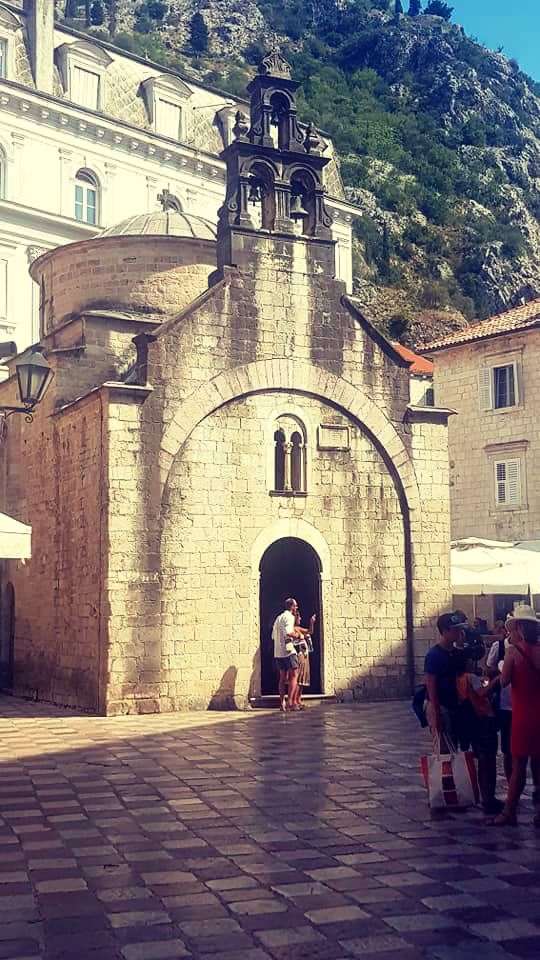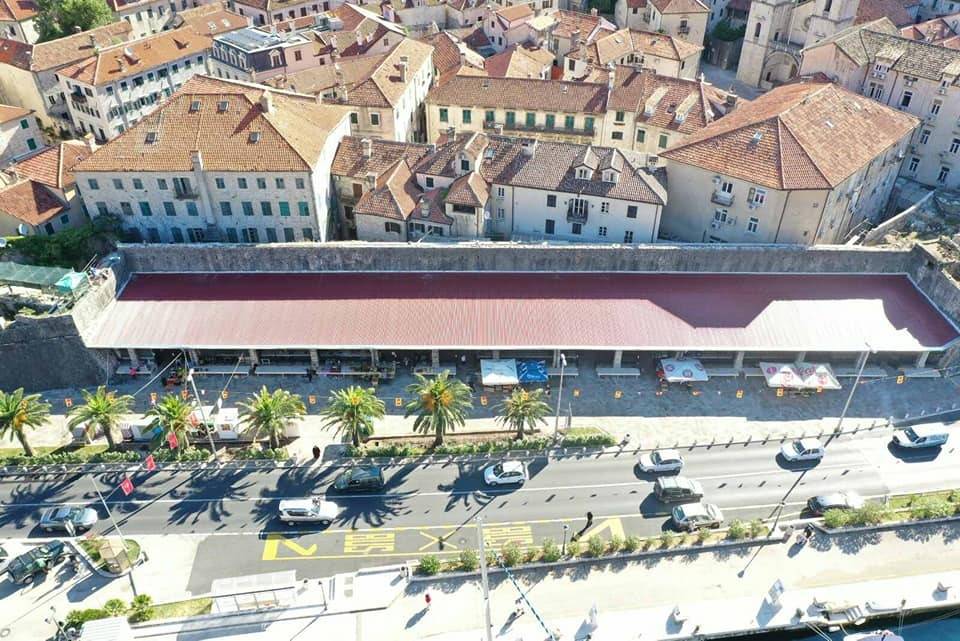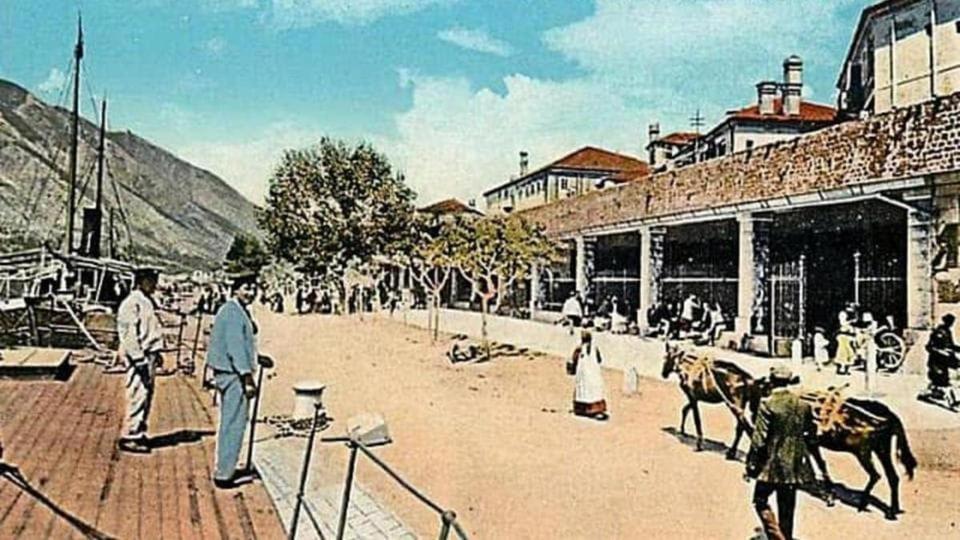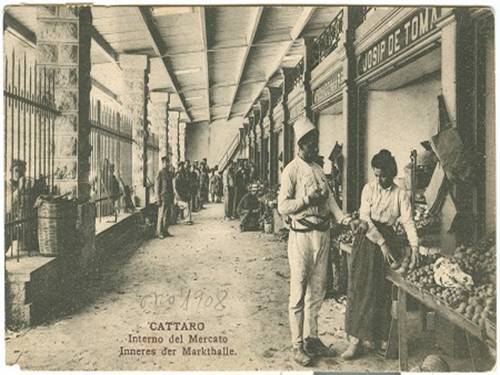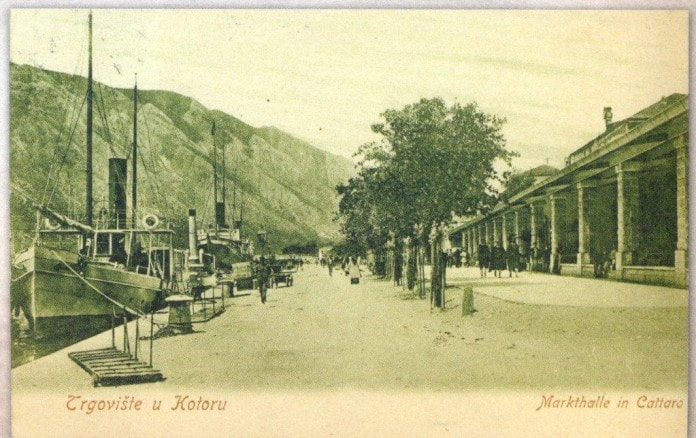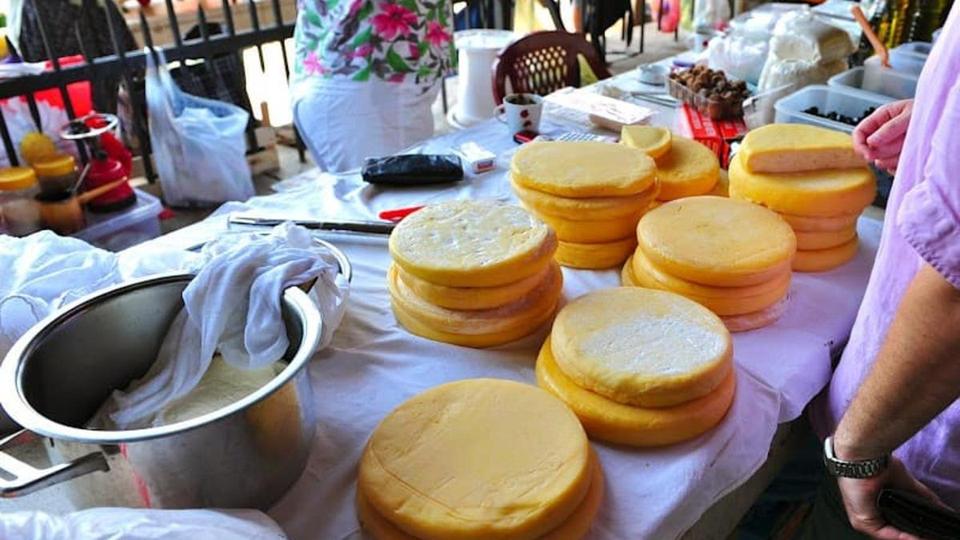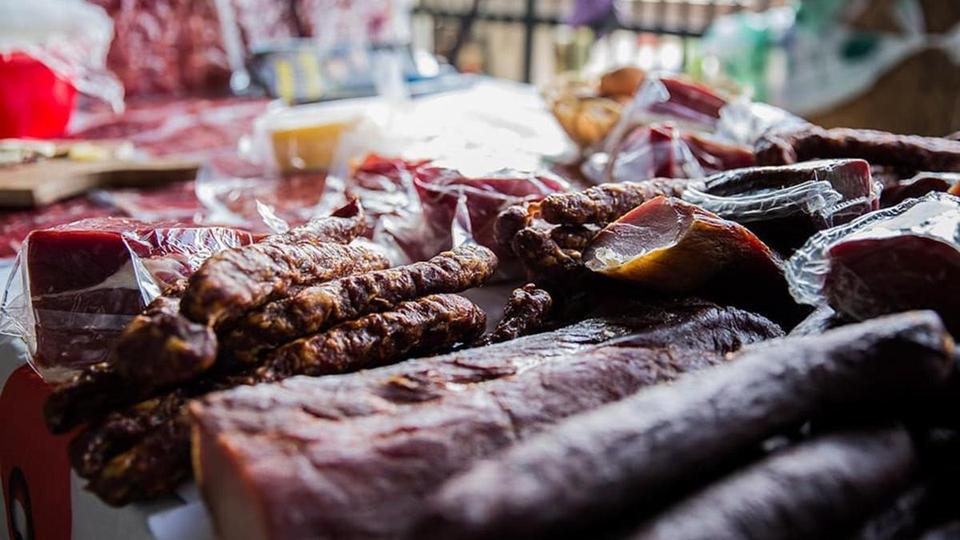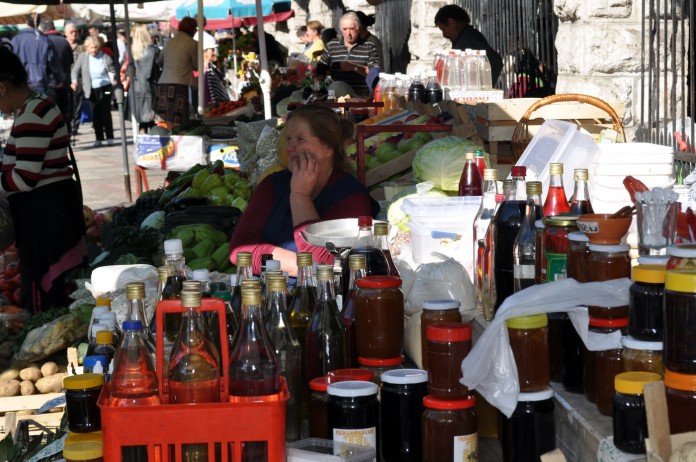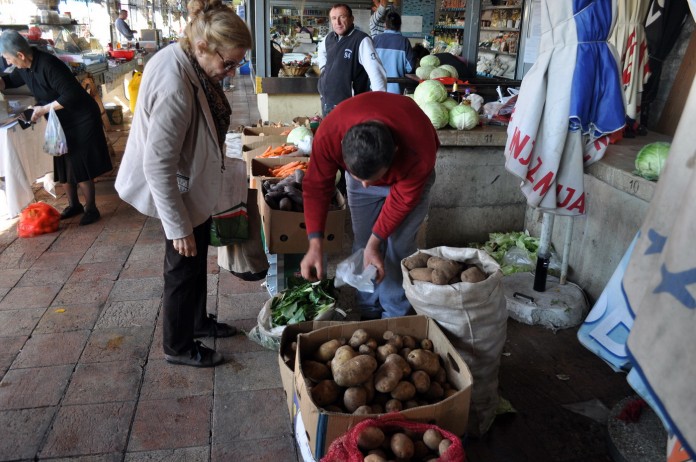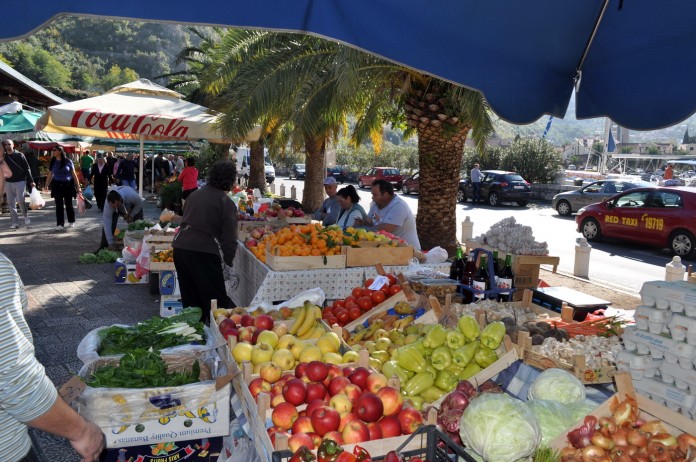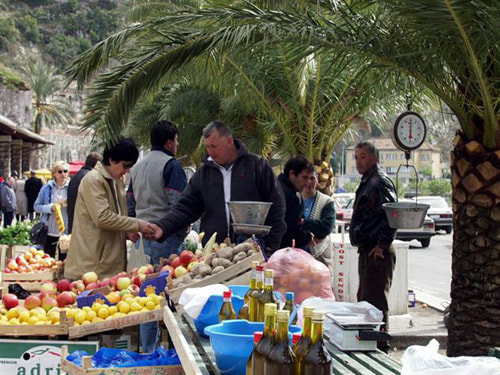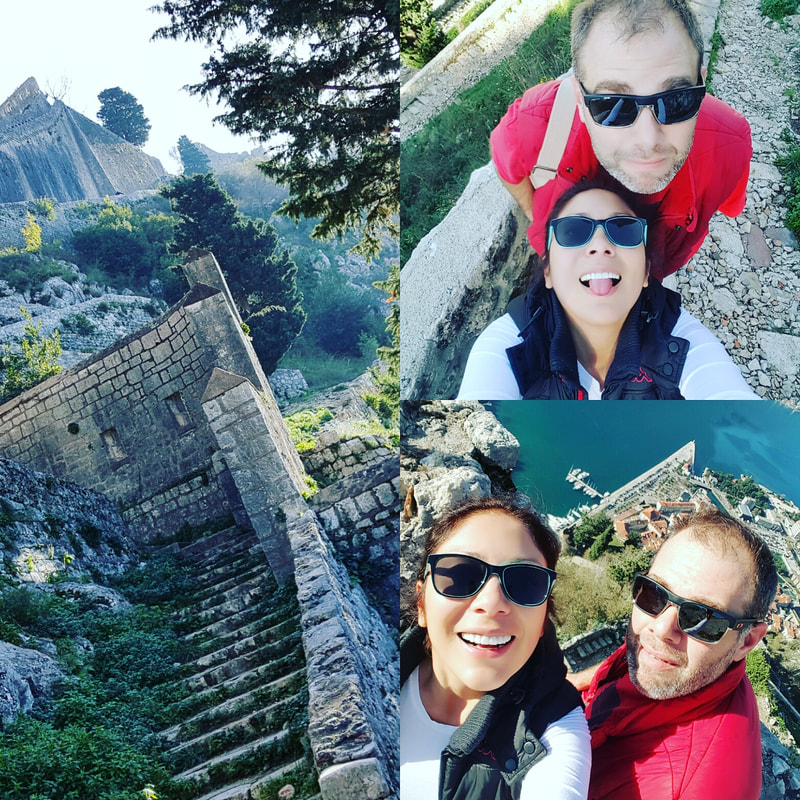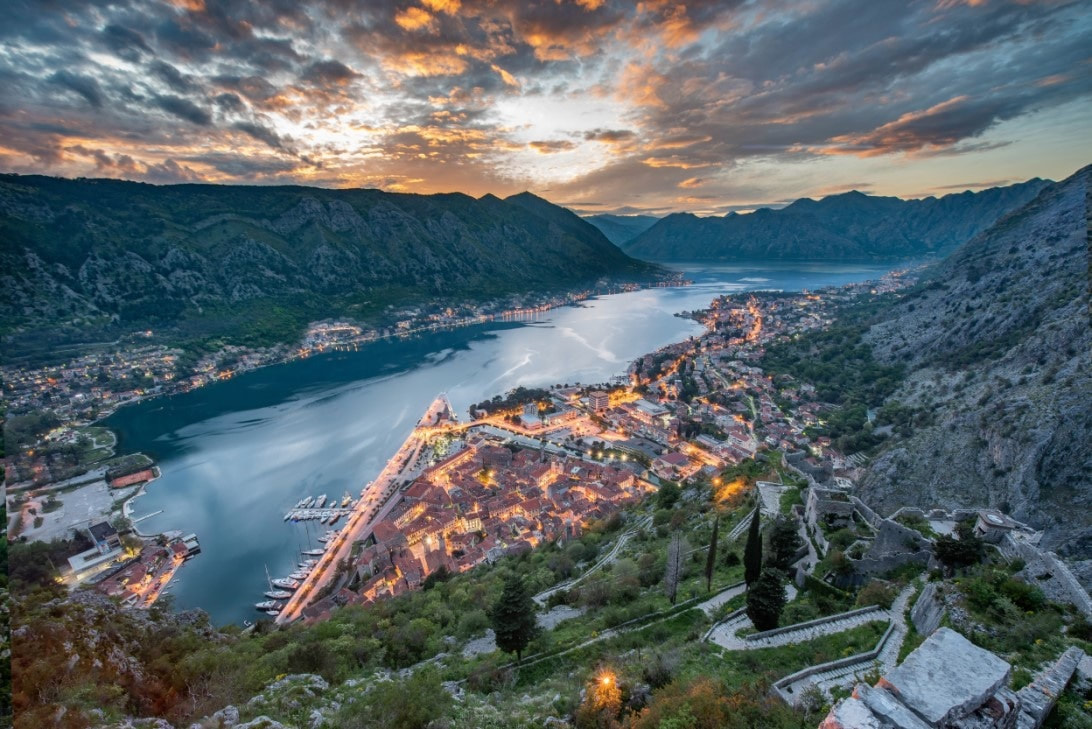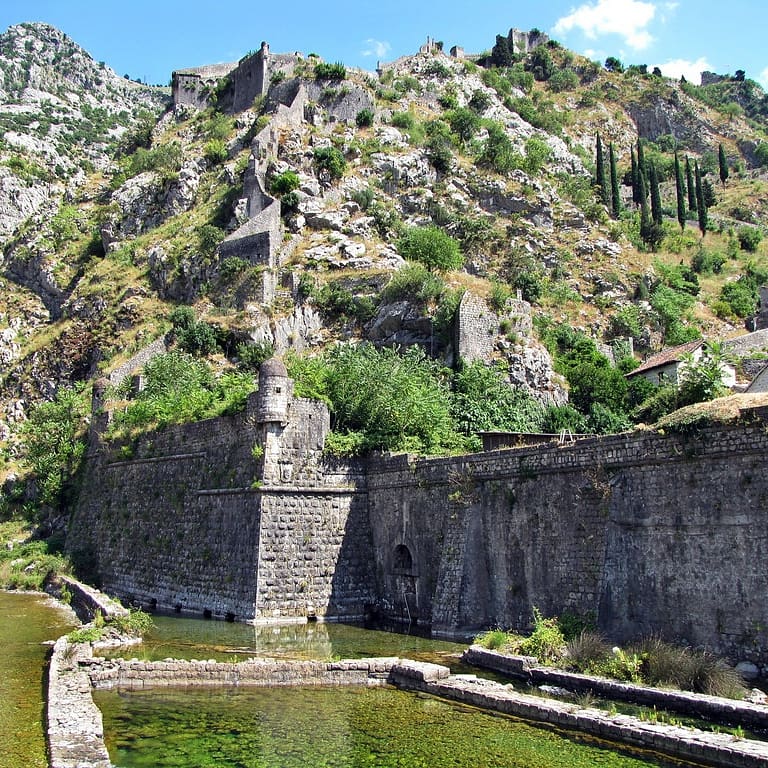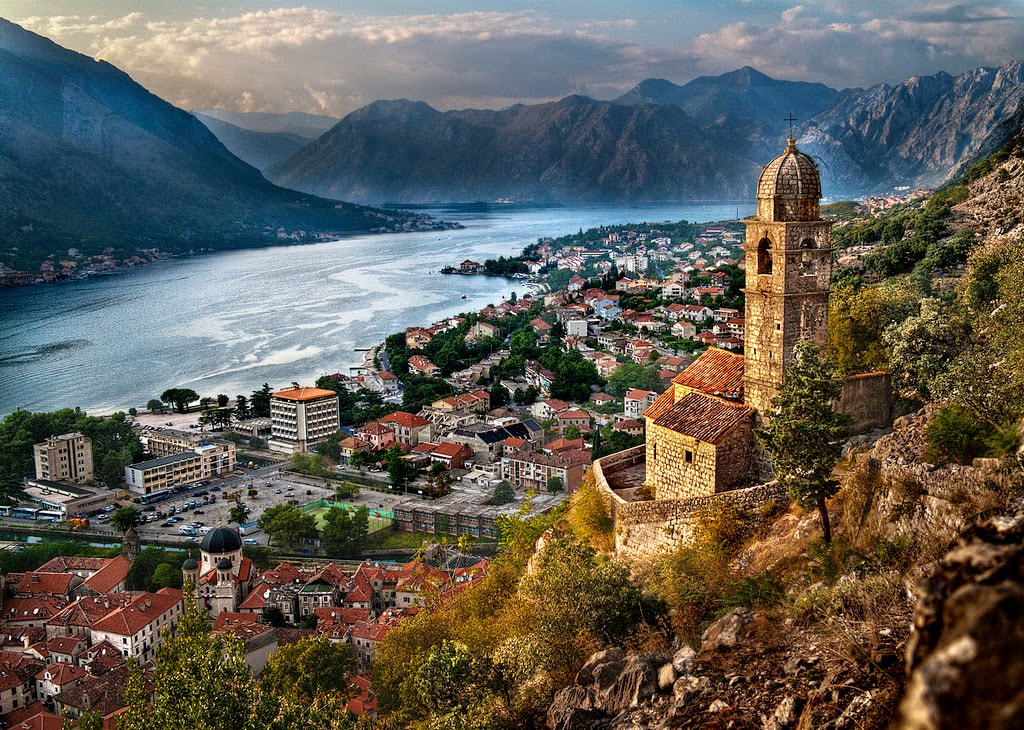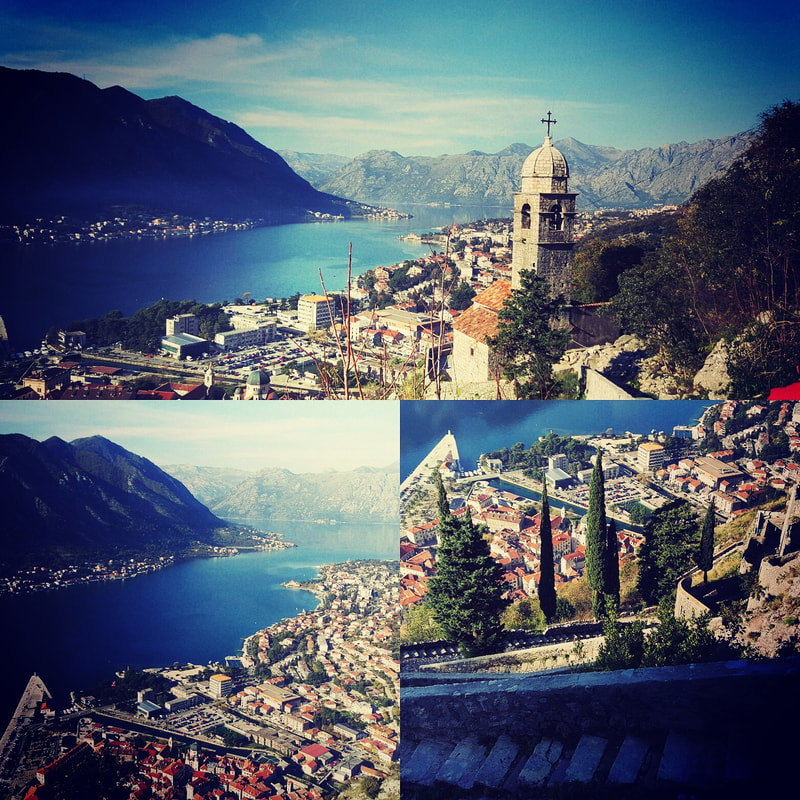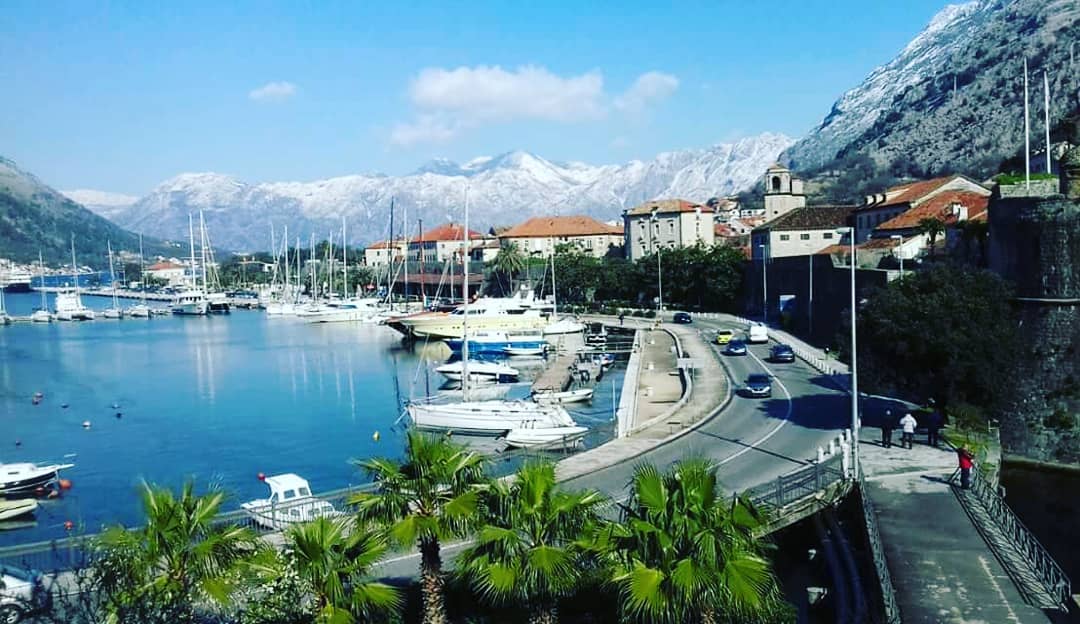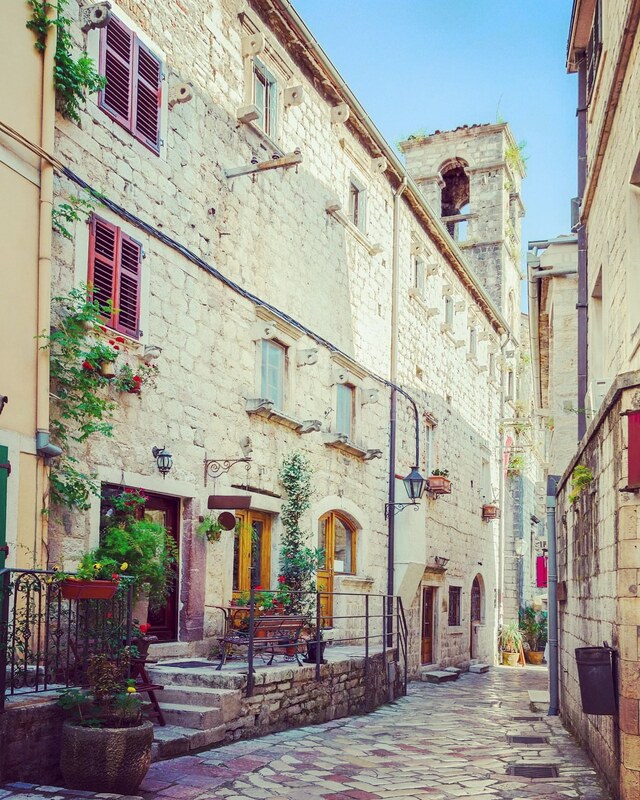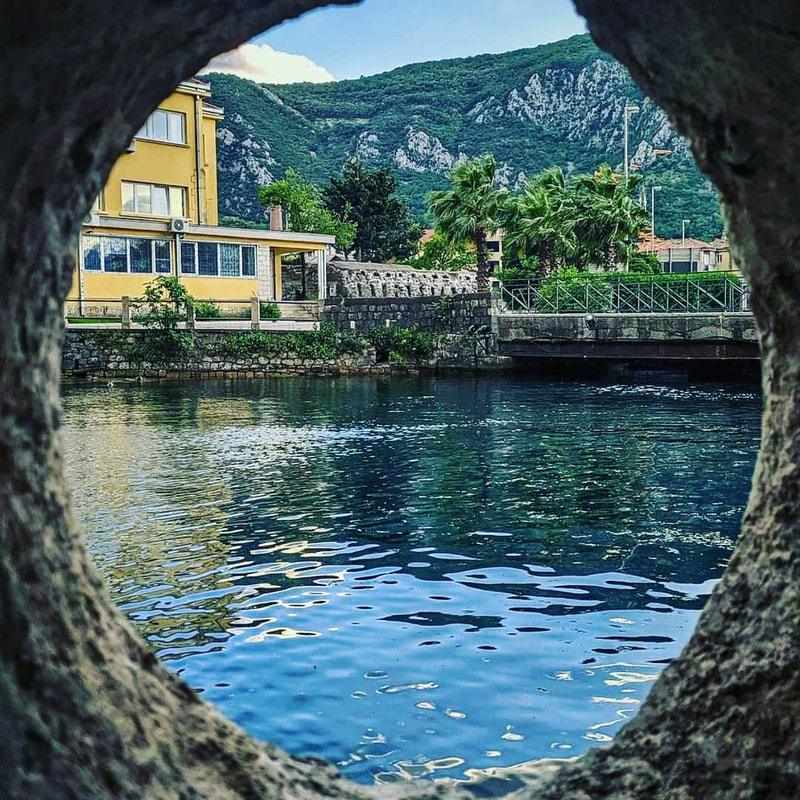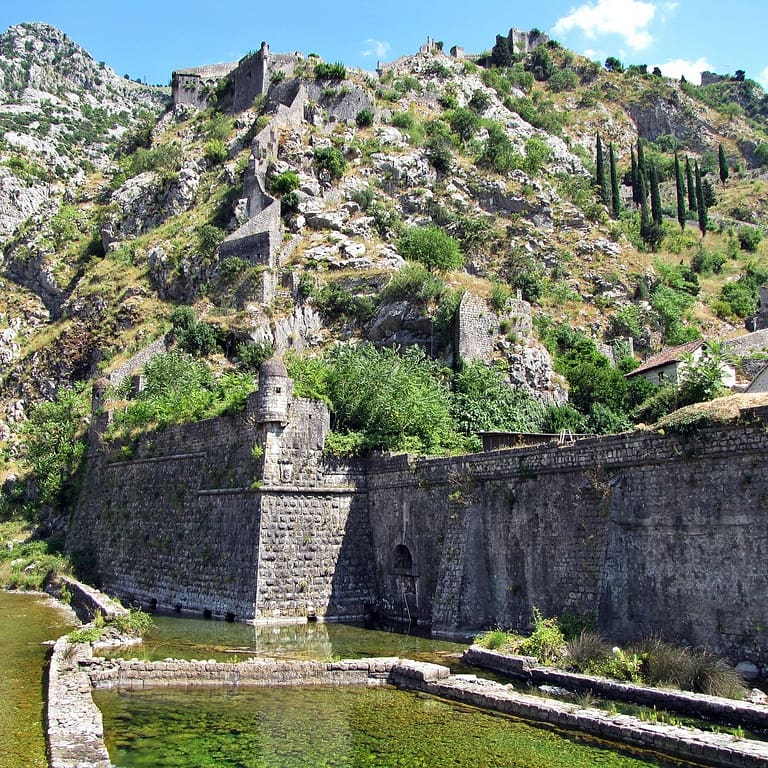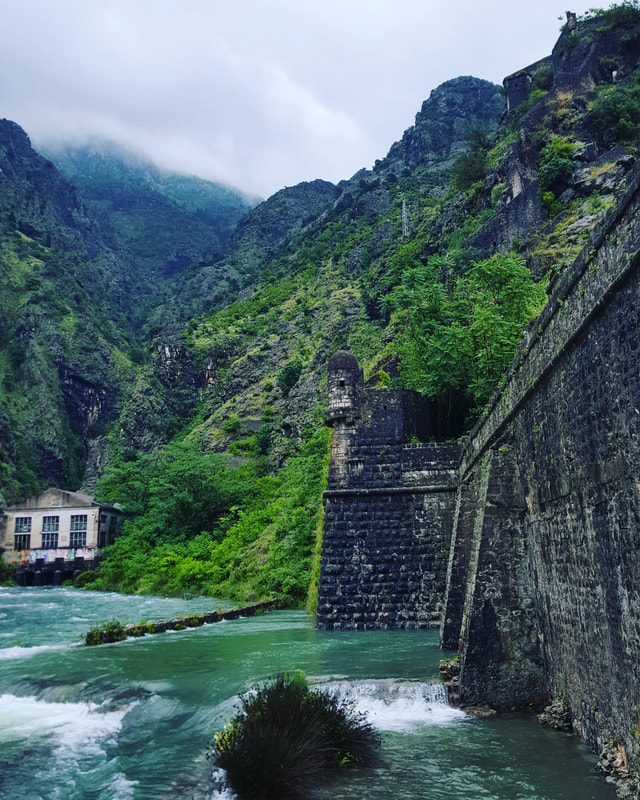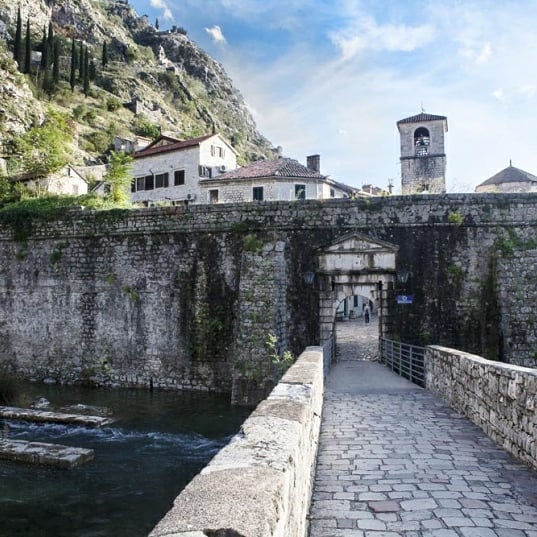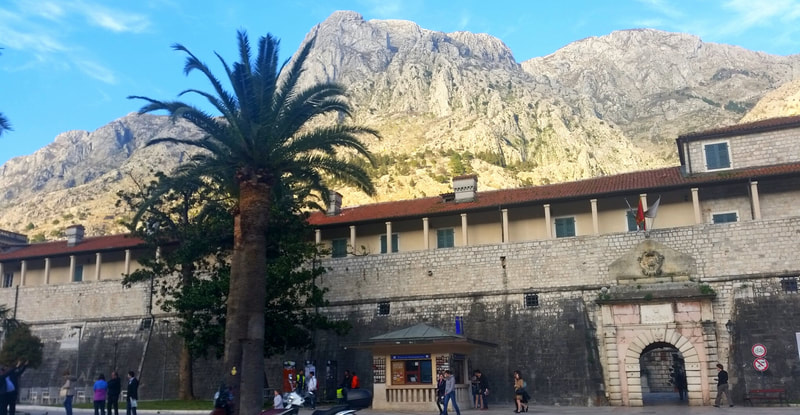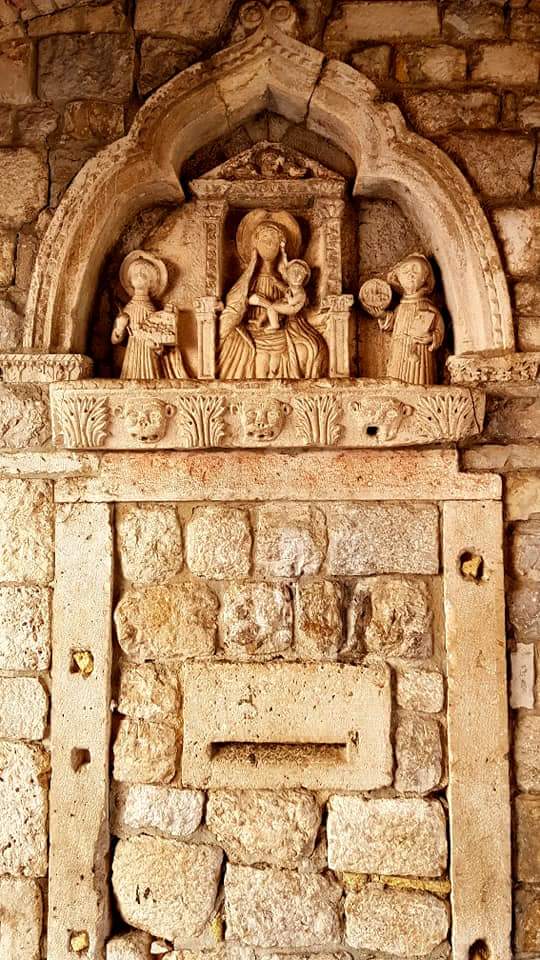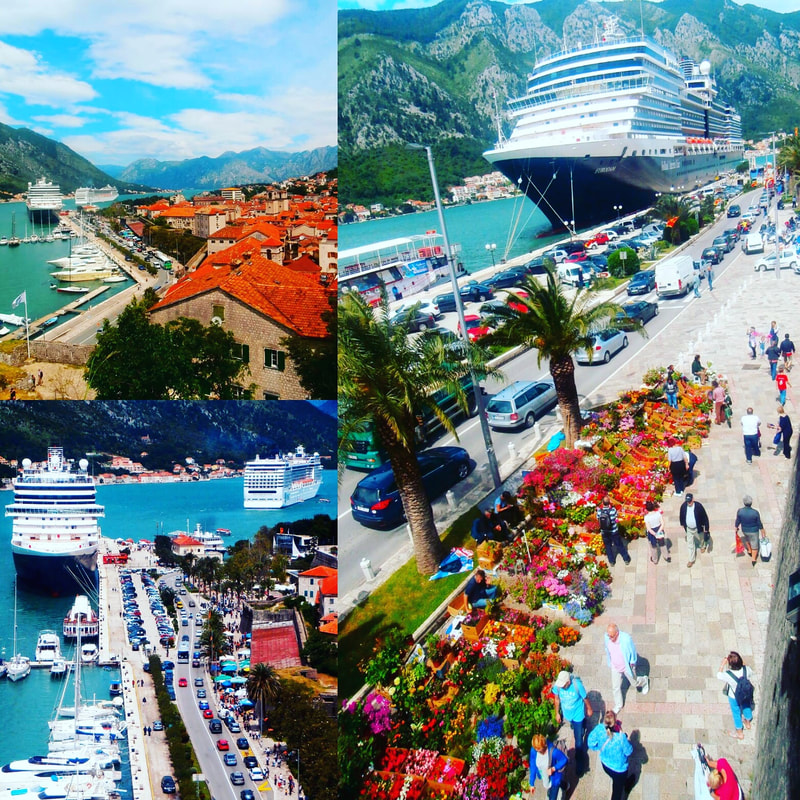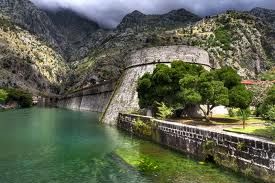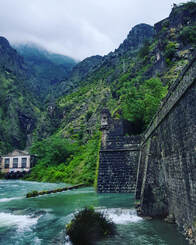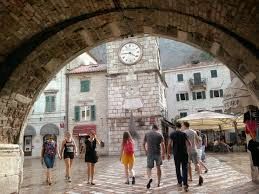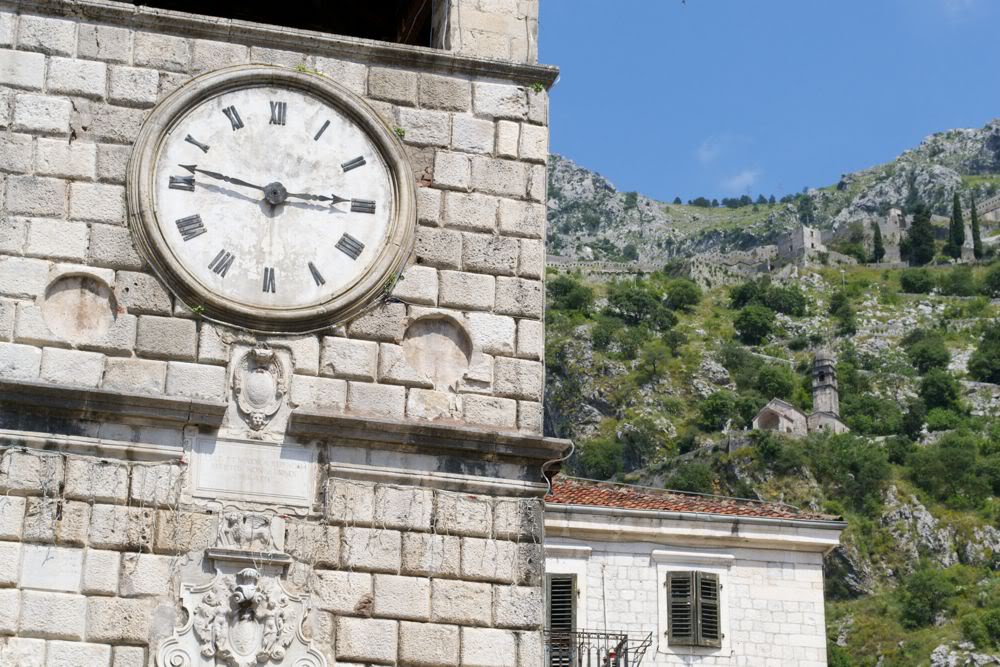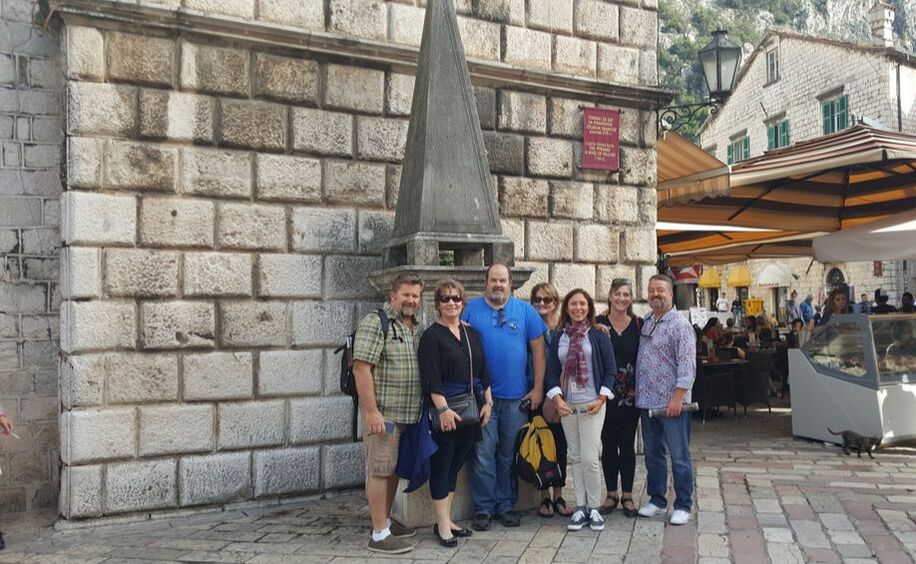-
ABOUT US
- Experiences
-
Half Day Tours
- Private Speed Boat Excursion Kotor Our Lady of the Rocks Perast
- Private Speed Boat tour Kotor - Blue Cave - Kotor
- Private shore excursion Kotor Njegusi Cetinje
- Private tour Kotor and cable car
- Private shore excursion Kotor Njegusi
- Private shore excursion Kotor Perast Our Lady of the Rocks
- Private Shore excursion Kotor Sveti Stefan Budva
-
Full day Tours
- "Ultimate Best tour of our Coastline" by speedboat and auto
- "Over the top Best of our Coastline" by speed boat and auto
- "Best of our Coastline" by car
- Skadar Lake Full day tour
- Day Private Shore Excursion Kotor Njegusi Mount Lovcen Kotor
- Full day Private and customized speedboat tour of the Bay of Kotor
- "Coast and Lovcen Mountain" Budva Lovcen Njegusi and Kotor
- "Coast and inland Montenegro"
|
10 Reasons to hire a private tour and a licensed tour guide Travel planning during the last decade has become more and more of a personal side job, every year independent travelers chose to take over the load of organizing all the details of their trip. Definitively tours are an essential part of the itinerary whether it is history, culture, gastronomy or adventure the options are endless and the process can become overwhelming. One way to start the narrow down your options is to choose a private tour over the group tours, well done if you have come this far, there are some major differences and even though the value is bit higher every additional euro it is well worth it. Here are a few reasons why a private tour should be your number one choice while visiting a new destination. 1. We love what we do and it shows! Finding a passionate guide should be easy. We are a small team of local professionals who found the passion for guiding later in life, we enjoy meeting new people and sharing our love for Montenegro and Bay of Kotor. 2. We offer the quality value for money tours – Great quality, personalized and customized excursions at reasonable costs. When you have a small-group tour you enjoy a personal service, with us quality comes first! 3. We have a team of guides and driver-guides that speak English very well. Have you ever been on a plane or a bus tour where the person speaking switched to English and you thought that they were still speaking in another language? You won’t have this problem on our tours, guarantee. 4. We are are professional local guides, knowledgeable and fun to spend the day with! We take our job seriously but enjoy having fun while doing it. It is not just ‘another day in the office’ for us…
0 Comments
Cathedral Of Saint Tryphon It all began in the year 809, when relics of Saint Tryphon arrived a saint who died in martyrdom in the era of the Roman emperor Decije, legend says that the original plan was to ship the relics to Dubrovnik however the voyage encountered stormy seas and the embarkation changed its course arriving in Kotor. On the site of today’s Cathedral, there was a much smaller church where the relics were stored. The chroniclers testify that that temple most probably disappeared in the fire, in the X century, and as the economy of Kotor flourished, locals wanted to create something more impressive for their patron saint so the construction began in the XII century. The cathedral of St. Tryphon was built in the Romanic style, with the elements of the Byzantium architecture. It survived several earthquakes, so its appearance also changed. Especially visible on the cathedral are the elements of renascence and baroque. It was not simply a religious object, standing vastly in the heart of the Old Town of Kotor. It also showed every sailor that came to Kotor that this town may be small in size, but with the achievements of its people, it was as great as any bigger town in Europe! Unfortunately, this area is prone to earthquakes, so the Cathedral was not left out of it. It was damaged few times, especially with the one in 1667, when both bell towers collapsed. The most recent, in 1979, also caused some damage, but the cathedral, as well as the Old Town of Kotor, was completely restored and is standing proudly for all visitors who will certainly admire it exterior beauty and it is open for those who are willing to peek inside this extraordinary monument. European Union and organization Europa Nostra, gave in the year 2002 to the cathedral a diploma for the great reconstruction and great seismic security measures of the oldest Romanic cathedral on the Adriatic coast. As the most important monument and symbol of the Old town, the cathedral of St. Tryphon, possess a rich treasury of the precious items among which we have: a gilded altar, baroque frescoes, and a great number of ornaments of great value. Saint Luke Church The church of Sveti Luka is also situated in the old town and it deserves a special mention since it represents the harmony and togetherness of the citizens of Kotor and Montenegro. It was built during the reign of the Serbian dynasty Nemanjic, at the en of the XII century. Until the middle of the XVII century the church of Sveti Luka was a catholic temple however the number of Orthodox people in Kotor increased after the war with the Turks and it became an Orthodox. Catholic believers had their altar in that temple as well until the first half of the XIX century, during almost two centuries this church hold two altars and to its present day it holds a special place in the hearts of the locals because it remind us that both Roman Catholics and Christian Orthodox believers could pray together in despite of their differences. Once you visit the interior of the church you will notice the floor consists of tombstones of the common tombs of the people of Kotor, because until the thirties of the 20th century, burials were performed in the church itself. Saint Nicholas Church |
AuthorArchivesCategories |
-
ABOUT US
- Experiences
-
Half Day Tours
- Private Speed Boat Excursion Kotor Our Lady of the Rocks Perast
- Private Speed Boat tour Kotor - Blue Cave - Kotor
- Private shore excursion Kotor Njegusi Cetinje
- Private tour Kotor and cable car
- Private shore excursion Kotor Njegusi
- Private shore excursion Kotor Perast Our Lady of the Rocks
- Private Shore excursion Kotor Sveti Stefan Budva
-
Full day Tours
- "Ultimate Best tour of our Coastline" by speedboat and auto
- "Over the top Best of our Coastline" by speed boat and auto
- "Best of our Coastline" by car
- Skadar Lake Full day tour
- Day Private Shore Excursion Kotor Njegusi Mount Lovcen Kotor
- Full day Private and customized speedboat tour of the Bay of Kotor
- "Coast and Lovcen Mountain" Budva Lovcen Njegusi and Kotor
- "Coast and inland Montenegro"
 RSS Feed
RSS Feed
